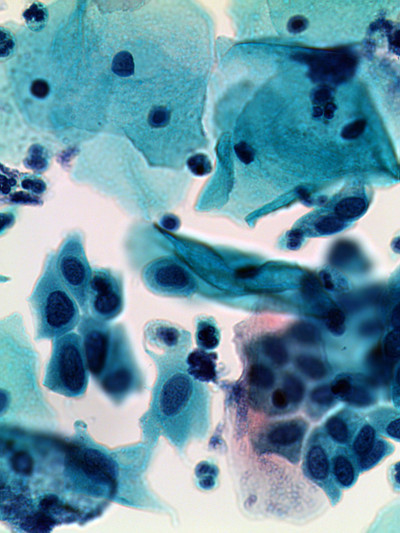| Test Description |
Bile Acids, Total, Serum
|
|
| Synonym(s) |
Bile Acids, Total; Bile Salts, Total |
|
| Test ID |
BILEA
|
|
| Performing Lab |
|
|
| General Information |
Useful for:
- An aid in the evaluation of liver function
- Evaluation of liver function changes before the formation of more advanced clinical signs of illness such as icterus
- Determination of hepatic dysfunction as a result of chemical and environmental injury
- Indicator of hepatic histological improvement in chronic hepatitis C patients responding to interferon treatment
- Indicator for intrahepatic cholestasis of pregnancy
- For evaluation of bowel dysfunction, order BA48F / Bile Acids, Bowel Dysfunction, 48 Hour, Feces
- For evaluation of patients treated with urso or cholate, order BAFS / Bile Acids, Fractionated and Total, Serum
- For evaluation of inborn errors of metabolism, order BAIPD / Bile Acids for Peroxisomal Disorders, Serum
|
|
| Container Type |
Red-top tube, gel-barrier tube, lavender-top (EDTA) tube, OR green-top (heparin) tube |
|
| Specimen Type |
|
|
| Specimen Requirements |
- Preferred: Serum Gel
- Acceptable: Red Top
|
|
| Specimen Collection / Processing Instructions |
- 12-hour minimum fasting is required. Please note, infants and pregnant patients do not need to fast.
- Serum gel tubes should be centrifuged within 2 hours of collection
- Red-top tubes should be centrifuged and aliquoted within 2 hours of collection.
|
|
| Minimum Sample Volume |
|
|
| Stability |
- FREEZE
- Refrigerated: 3 days
- Frozen: 7 Days
|
|
| Unacceptable Specimen Conditions |
- Gross hemolysis
- Gross icterus
|
|
| Limitations |
- Serum total bile acids testing is generally not suitable for differentiation among the various types of liver diseases
- Total bile acids concentration is increased after meals; samples should be collected under fasting conditions.
|
|
| Methodology |
|
|
| Estimated TAT |
|
|
| Testing Schedule |
|
|
| Retention |
|
|
| CPT Code(s) |
|
|
| Reference Range |
|
|
| LOINC Code(s) |
|
|
| Additional Information |
|
|
